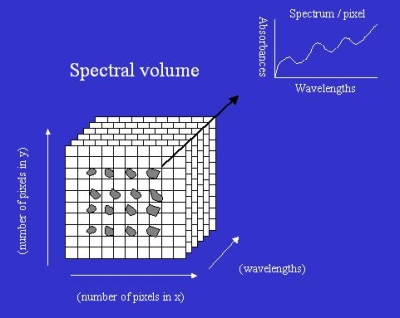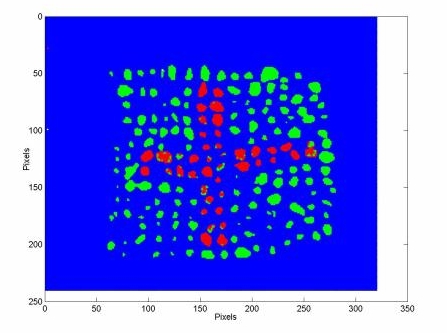Context
One of the consequences of the Bovine Spongiform encephalopathy (BSE) that appeared in the beginning of the nineties was the European Commission Decision n°94/381/EC of the 27th of June 1994 (amended several times) that stated the prohibition of mammal tissue proteins in ruminants feedingstuffs. After the come-back of the BSE crisis by the end of 2000, the European Commission decided to enlarge this prohibition to other animal origin ingredients in the feed of any animal destined to human consumption. So, by the European Council Decision number 2000/766/EC of the 4th of December 2000, the animal proteins (meat and bone meal, blood meal and derivatives, hydrolyzed proteins, hoof meal, poultry by-product meal, fish meal, dicalcic phosphate and gelatins) were totally forbidden for the feeding of this category of animals. Nevertheless, the member States made an exception by accepting hydrolyzed proteins, fish meal and dicalcic phosphate for the other animals than ruminants. Milk and milk by-products are authorized for the feeding of all animals. These decisions will be prolonged for an undetermined period. The evolution of the different rules about forbidden and authorized raw materials in feed formulation requires to develop and continuously adapt the methods used for the detection of illicit ingredients. Until now, controls are mainly based on the microscopic identification of illicit ingredients and more particularly by searching bone particles in the sediment fraction of the analyzed feed. In 1998, the Walloon Agricultural Research Centre proposed and developed an alternative to visual identification of animal particles in a project financed by the Agriculture Ministry. This was about detecting animal meal particles in compound feed with a microscope coupled to a near infrared spectrometer (NIRM). Although the results were good, this technique is relatively slow. This is why the use of a camera was proposed in the year 2000. Indeed, the camera used in the project allows to acquire 76800 spectra in about 5 minutes which corresponds from 400 to 600 particles.
Objectives
The objective of this project is to propose a fast and reliable method for the detection and the quantification of MBM in feedingstuffs.
Description of tasks
1) Developing a sample bank. Since 1998, contacts were established between the CRA-W and feedingstuffs production companies, knackers and other research centres to collect samples of raw materials and compound feed. 2) Developing a spectral data base. A spectral data base will be developed during all the project. They are collected to cover the variability of ingredients that could be found in feedingstuffs. 3) Developing models to discriminate animal meat from others. The spectra collected are used to make discrimination models. Since now, Partial least square (PLS), Artificial Neural Network (ANN) and Support Vector Machines (SVM) model were used with some success. 4) Developing a strategy to make the method easy to use and to transfer. It is essential that the method that we develop can be easily used and transferred to control laboratories. This is the reason why the procedure will be simplified by an automated “push button” data treatment. 5) Testing and validating the method. The models developed are tested with independent data sets in order to validate the method.
Results obtained
The near infrared spectrometer has shown the potentialities of the near infrared spectroscopy in the discrimination of animal particles with other particles contained in cattle feed. The near infrared microscopy and the camera have clearly shown the feasibility to detect animal meal particles in compound feed using NIR spectra.
Funding
- CRA-W - Walloon Agricultural Research Centre
- Federal Scientific Policy
- FNRS - National Founds for Scientific Resaerch
- SPF Public Health




